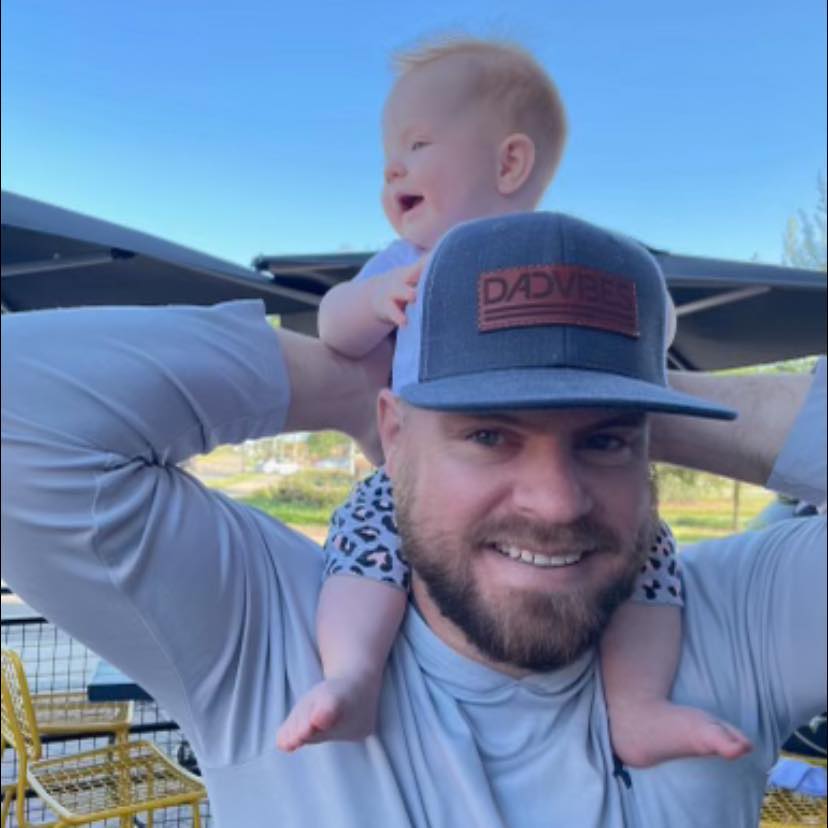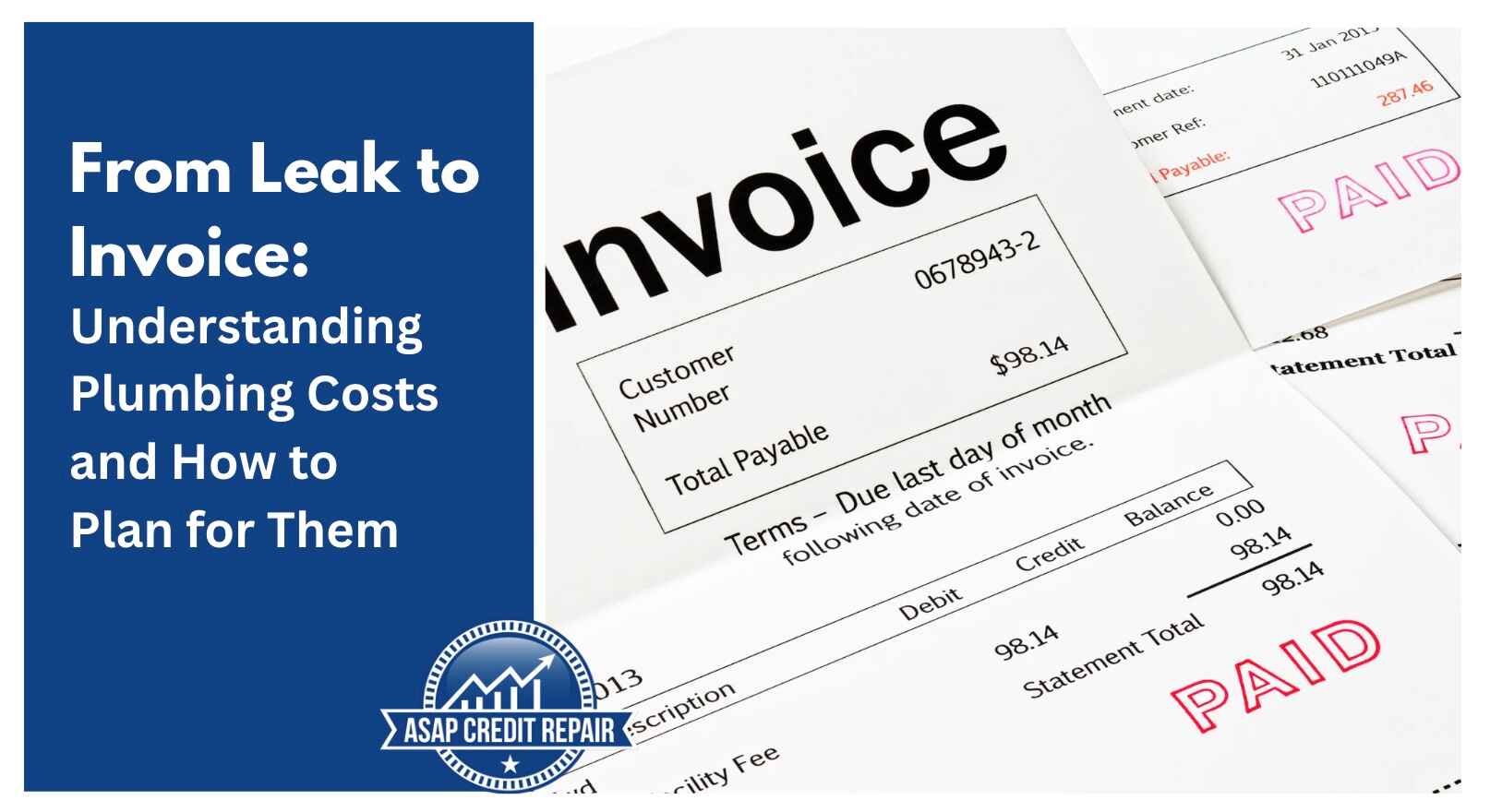Plumbing emergencies don't follow a schedule, but their costs certainly follow predictable patterns. A recent industry analysis reveals that homeowners spend an average of $1,200 annually on plumbing repairs, with emergency calls accounting for 65% of total expenses.
Understanding these costs before you're standing ankle-deep in water can save you both money and stress.
The Real Cost of Common Plumbing Issues
Emergency Repairs: The Premium Price Tag
Emergency plumbing services typically cost 1.5 to 2 times more than scheduled repairs. Here's what you can expect:
After-hours service calls:
- Weekend rates: $150-$300 premium
- Holiday rates: $200-$400 premium
- Night calls (after 6 PM): $100-$200 premium
Common emergency scenarios and costs:
- Burst pipe repair: $400-$1,500
- Sewer backup: $500-$3,000
- Water heater failure: $800-$2,500
- Toilet overflow: $200-$800
Routine Maintenance vs. Major Repairs
The data shows a clear correlation between preventive maintenance spending and long-term savings.
Annual maintenance costs:
- Drain cleaning: $100-$250
- Water heater flush: $80-$150
- Pipe inspection: $200-$400
- Total annual maintenance: $380-$800
Major repair costs (when maintenance is skipped):
- Complete pipe replacement: $2,000-$10,000
- Sewer line replacement: $3,000-$15,000
- Water heater replacement: $1,200-$4,500
Regional Cost Variations
Plumbing costs vary significantly by location, with urban areas typically seeing 20-40% higher rates than rural regions.
High-cost markets (per hour):
- San Francisco Bay Area: $120-$200
- New York City: $100-$180
- Los Angeles: $90-$160
- Seattle: $85-$150
Average-cost markets:
- Chicago: $75-$130
- Dallas: $70-$120
- Atlanta: $65-$115
- Denver: $70-$125
Lower-cost markets:
- Kansas City: $60-$100
- Birmingham: $55-$95
- Omaha: $50-$90
- Little Rock: $45-$85
Hidden Costs That Catch Homeowners Off Guard
Permit and Inspection Fees
Major plumbing work often requires permits, adding $50-$300 to project costs. Cities with strict codes can push permit fees higher:
- Water heater installation permit: $75-$150
- Bathroom remodel permit: $200-$500
- Main line work permit: $150-$400
Water Damage Restoration
Plumbing failures can trigger secondary costs that dwarf the original repair:
- Flooring replacement: $3-$12 per square foot
- Drywall repair: $2-$4 per square foot
- Mold remediation: $500-$6,000
- Furniture replacement: Varies widely
Code Compliance Upgrades
Older homes may require updates to meet current codes:
- GFCI outlet installation: $150-$300 per outlet
- Pipe material upgrades: $200-$800
- Fixture compliance updates: $300-$1,200
Smart Budgeting Strategies
The 1% Rule for Home Maintenance
Financial experts recommend setting aside 1-3% of your home's value annually for maintenance, with plumbing representing roughly 10-15% of that budget.
Example for a $300,000 home:
- Total maintenance budget: $3,000-$9,000
- Plumbing allocation: $300-$1,350
Building an Emergency Fund
Given that 73% of plumbing emergencies occur without warning, maintaining a separate emergency fund is crucial.
Recommended emergency fund targets:
- Minimum: $1,000
- Comfortable: 3-6 months of expenses
- Plumbing-specific: $2,000-$5,000
Seasonal Planning
Timing your plumbing projects strategically can reduce costs:
Off-season scheduling (Fall/Early Winter):
- 10-20% lower labor rates
- Better contractor availability
- More negotiating power
Peak season premium (Spring/Summer):
- Higher demand drives prices up
- Limited contractor availability
- Emergency rates more common
When to DIY vs. Call a Professional
Safe DIY Projects
These repairs typically cost under $50 in materials and require basic tools:
- Clogged drain clearing: $5-$15
- Toilet flapper replacement: $10-$25
- Faucet aerator cleaning: $3-$8
- Showerhead replacement: $20-$80
Professional-Only Territory
These jobs require licensing, specialized tools, or pose safety risks:
- Gas line work: $200-$800
- Main water line repairs: $500-$3,000
- Sewer line work: $300-$5,000
- Electrical connections: $150-$500
Technology's Impact on Plumbing Costs
Smart Home Integration
Modern plumbing technology can prevent costly emergencies:
Water leak detectors:
- Installation cost: $200-$500
- Potential savings: $2,000-$10,000 in water damage
Smart water heaters:
- Premium cost: $300-$800 over standard
- Energy savings: $200-$400 annually
Diagnostic Technology
Professional plumbers now use advanced tools that can reduce diagnostic time and costs:
- Camera inspections: $200-$400 (vs. $500-$1,500 for exploratory work)
- Electronic leak detection: $150-$300 (vs. wall demolition costs)
Insurance Considerations
What's Typically Covered
Standard homeowner's insurance usually covers:
- Sudden pipe bursts
- Accidental water damage
- Vandalism-related plumbing damage
Common Exclusions
Insurance typically doesn't cover:
- Gradual leaks
- Maintenance-related failures
- Sewer backups (requires separate coverage)
- Frozen pipe damage (in some policies)
Service Line Coverage
Many utilities offer service line protection:
- Monthly cost: $3-$15
- Coverage limits: $5,000-$20,000
- Typical savings on covered repairs: 80-100%
Planning Your Plumbing Budget
Annual Budget Breakdown
For a typical single-family home:
- Routine maintenance: $200-$400
- Minor repairs: $300-$600
- Emergency fund contribution: $500-$1,000
- Total annual allocation: $1,000-$2,000
Project Planning Timeline
Immediate priorities (address within 30 days):
- Active leaks
- No hot water
- Sewage backups
- Gas leaks
Short-term planning (3-6 months):
- Slow drains
- Low water pressure
- Minor fixture issues
- Preventive maintenance
Long-term planning (1-2 years):
- Appliance replacement
- Bathroom renovations
- Pipe upgrades
- System modernization
Cost-Saving Strategies That Actually Work
Multiple Quote Strategy
Getting 3-5 quotes can reveal price variations of 30-50% for the same work.
What to compare:
- Labor rates
- Material costs
- Warranty terms
- Timeline estimates
Timing Your Projects
Best times for non-emergency work:
- Tuesday-Thursday (avoiding weekend premiums)
- Fall/Winter months (lower demand)
- During contractor's slow seasons
Bundling Services
Combining multiple projects can reduce per-job costs:
- Multiple fixture replacement: 10-15% savings
- Whole-house plumbing inspection with repairs: 15-20% savings
- Maintenance contracts: 20-25% savings on future work
The Bottom Line
Plumbing costs are largely predictable when you understand the factors involved. While emergency repairs will always carry premium pricing, strategic planning and preventive maintenance can significantly reduce your long-term expenses.
The key is shifting from reactive to proactive thinking – treating plumbing costs as an investment in your home's value and your family's comfort rather than an unwelcome surprise.
Action items for homeowners:
- Establish a dedicated plumbing emergency fund
- Schedule annual preventive maintenance
- Learn to identify early warning signs of problems
- Research qualified professionals before you need them
- Consider upgrading to smart monitoring systems
By following these strategies, homeowners typically reduce their annual plumbing costs by 25-40% while avoiding the stress and expense of emergency situations.

